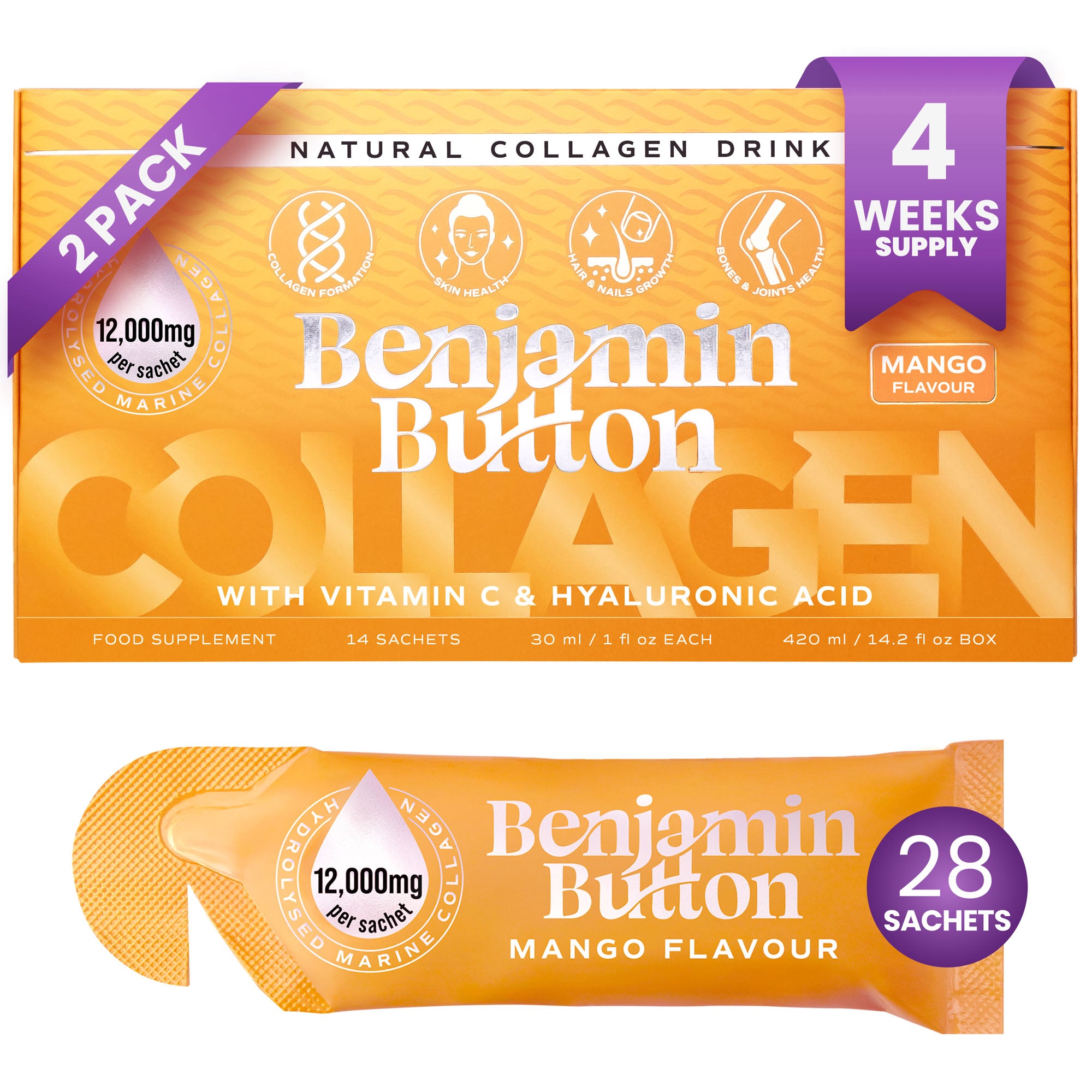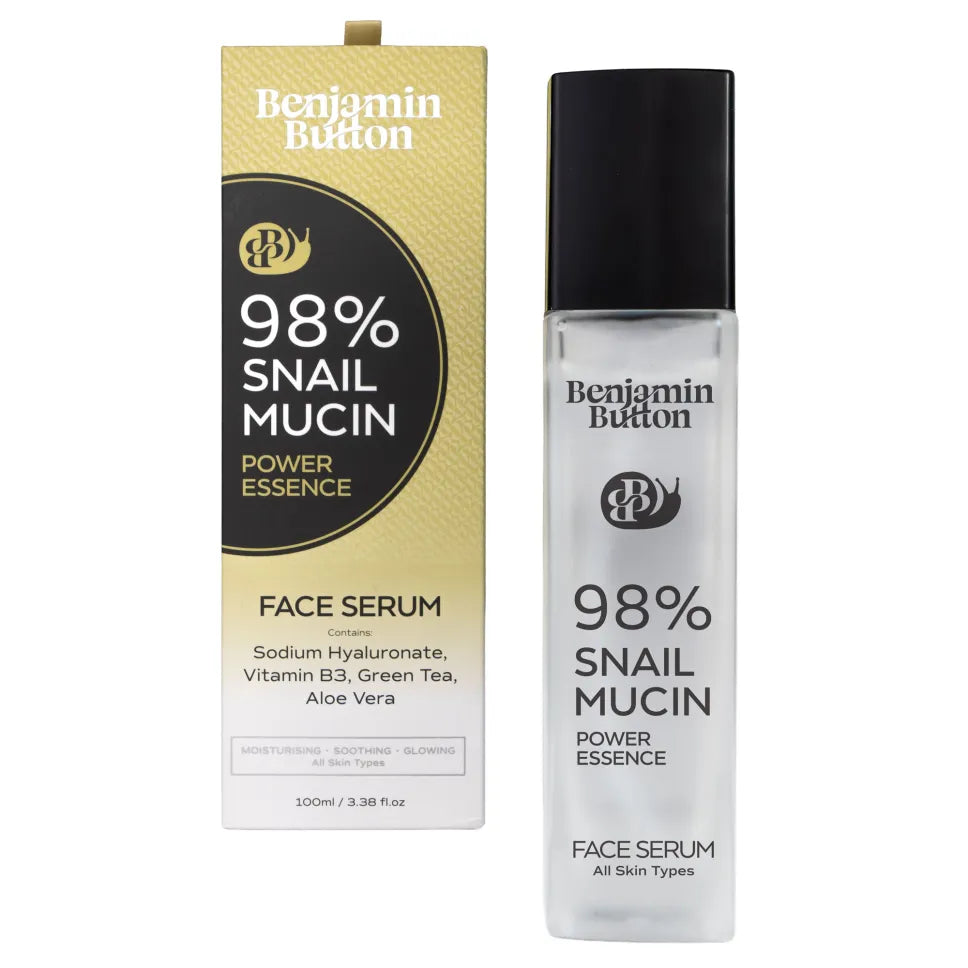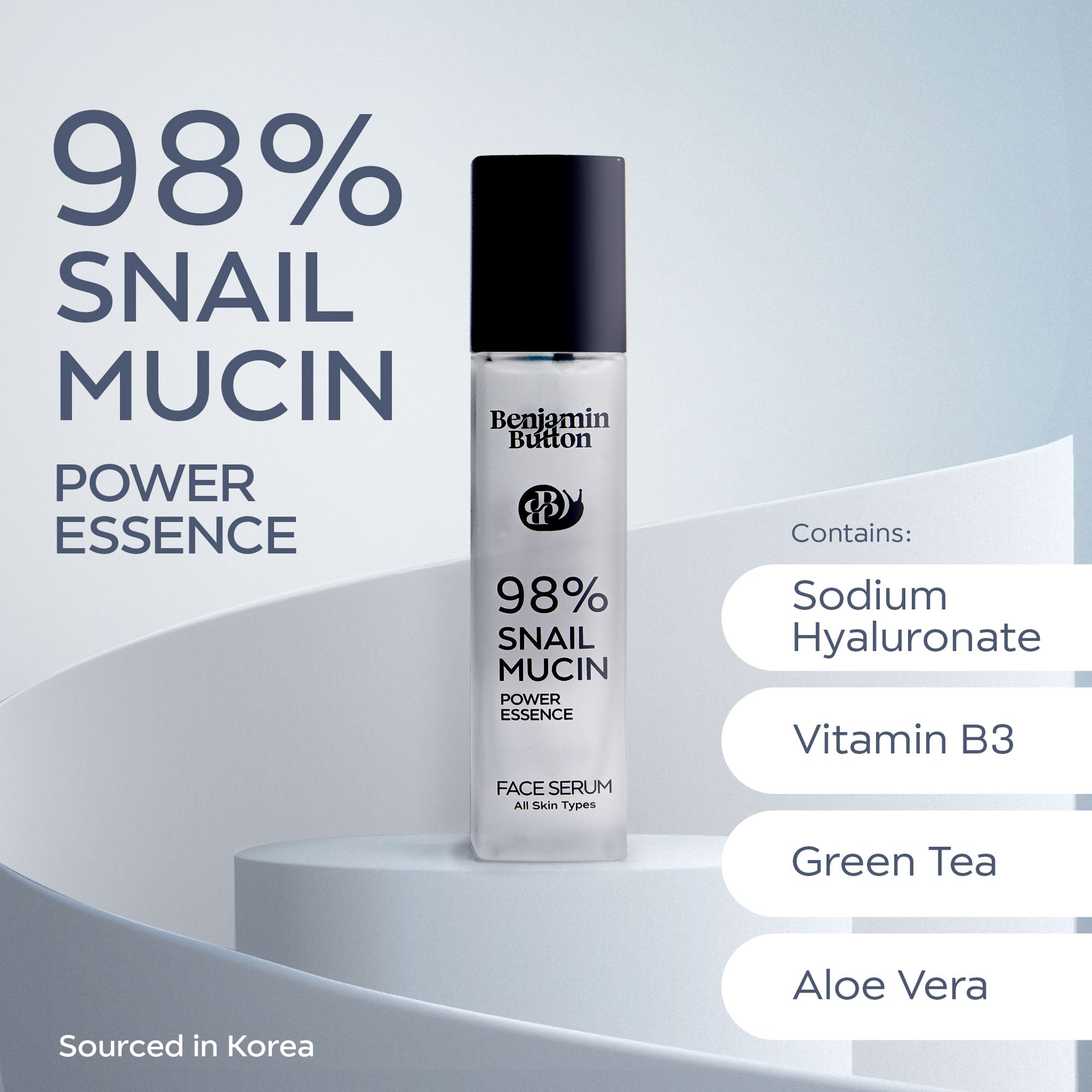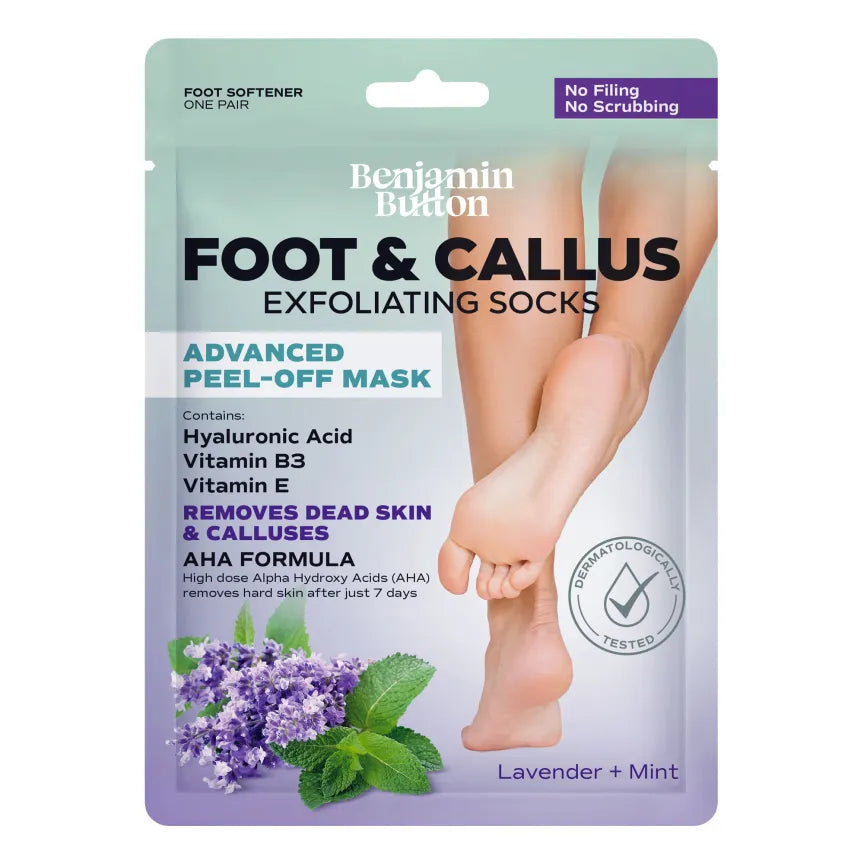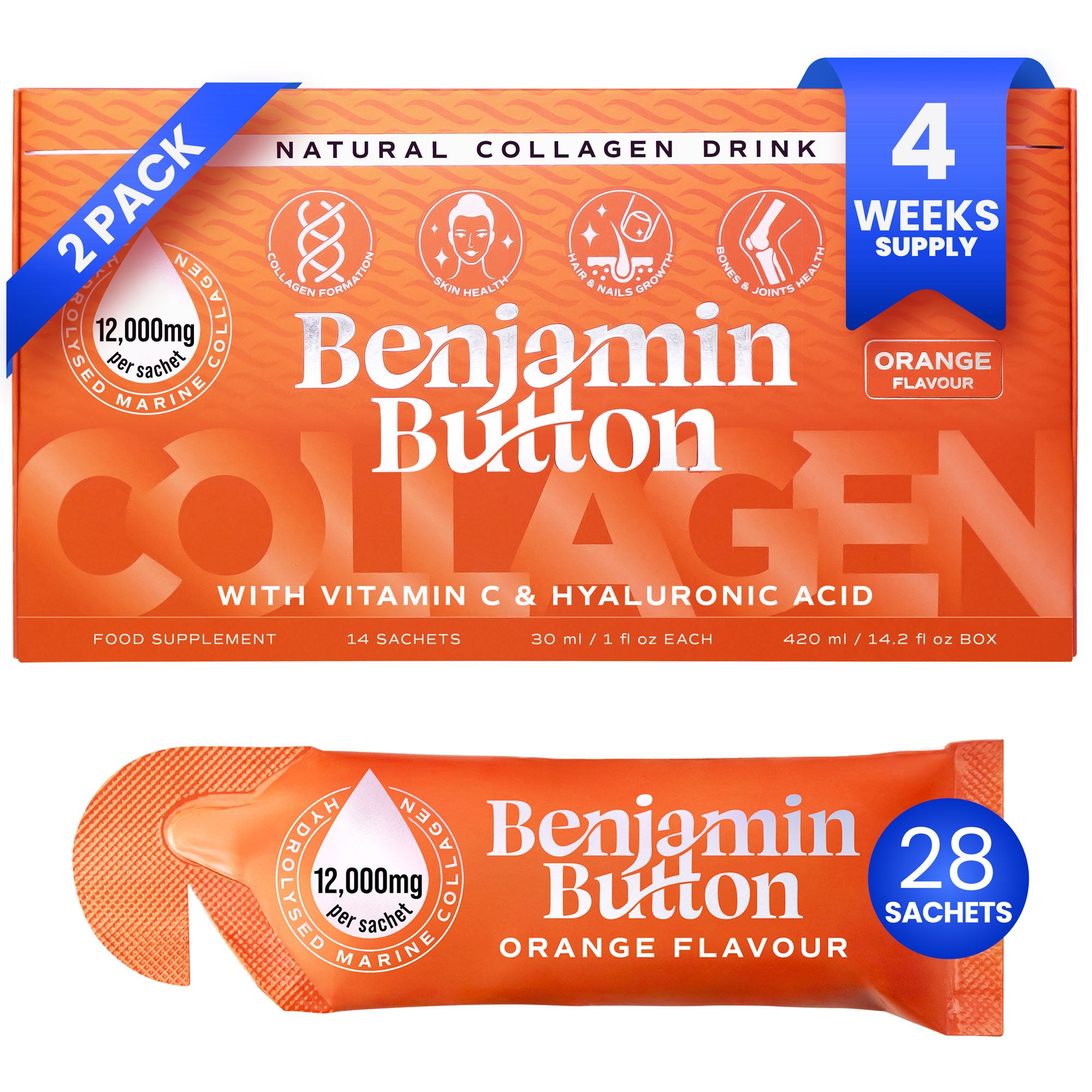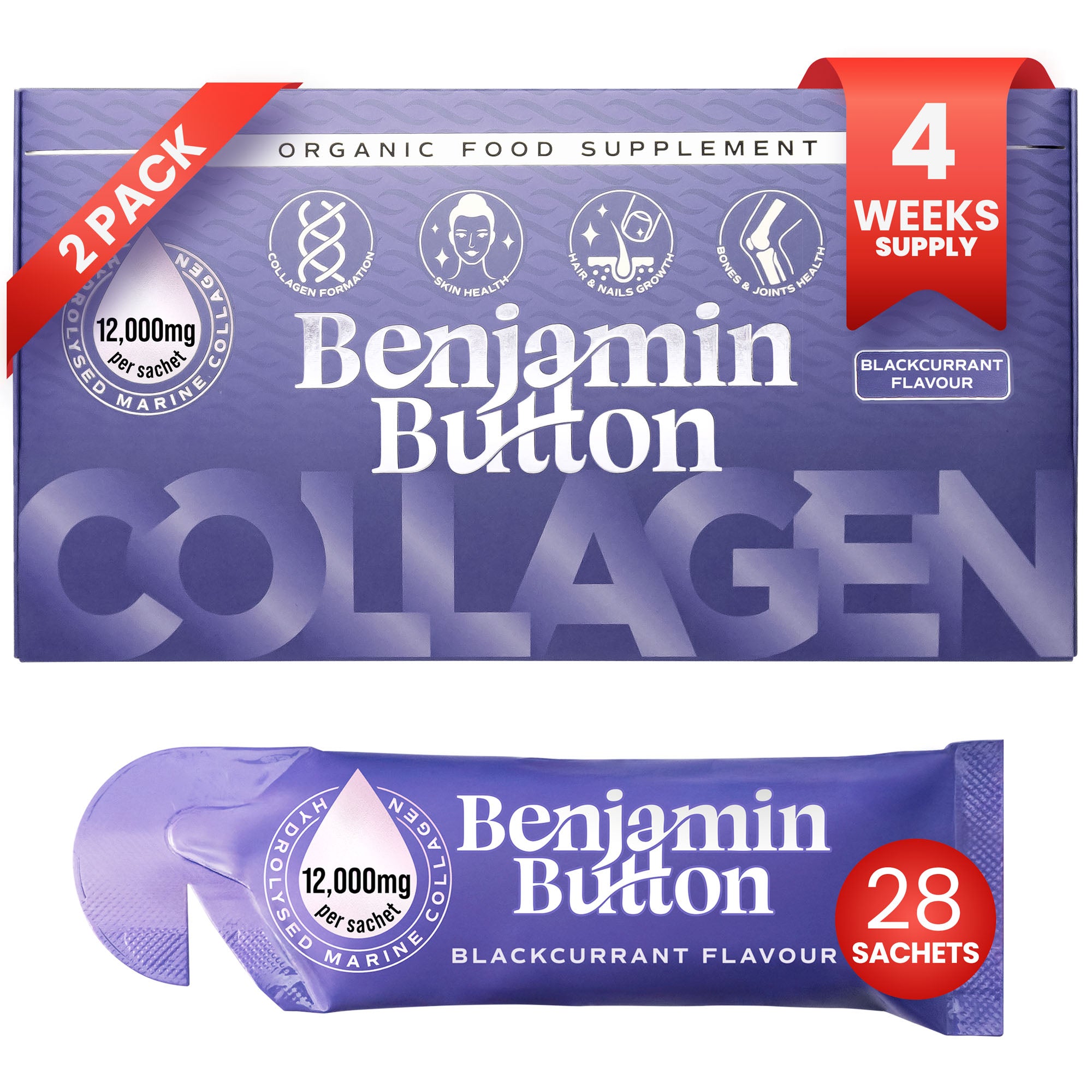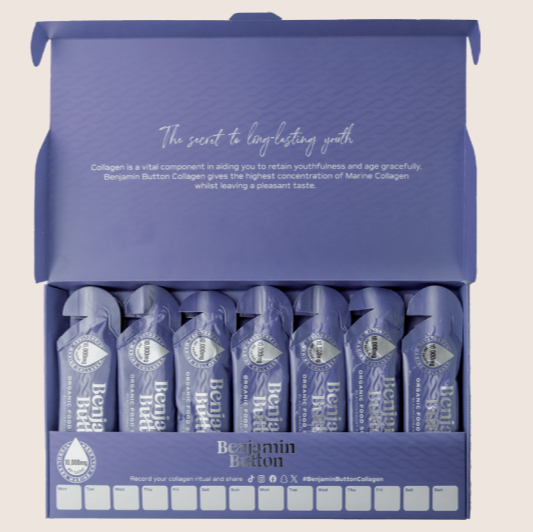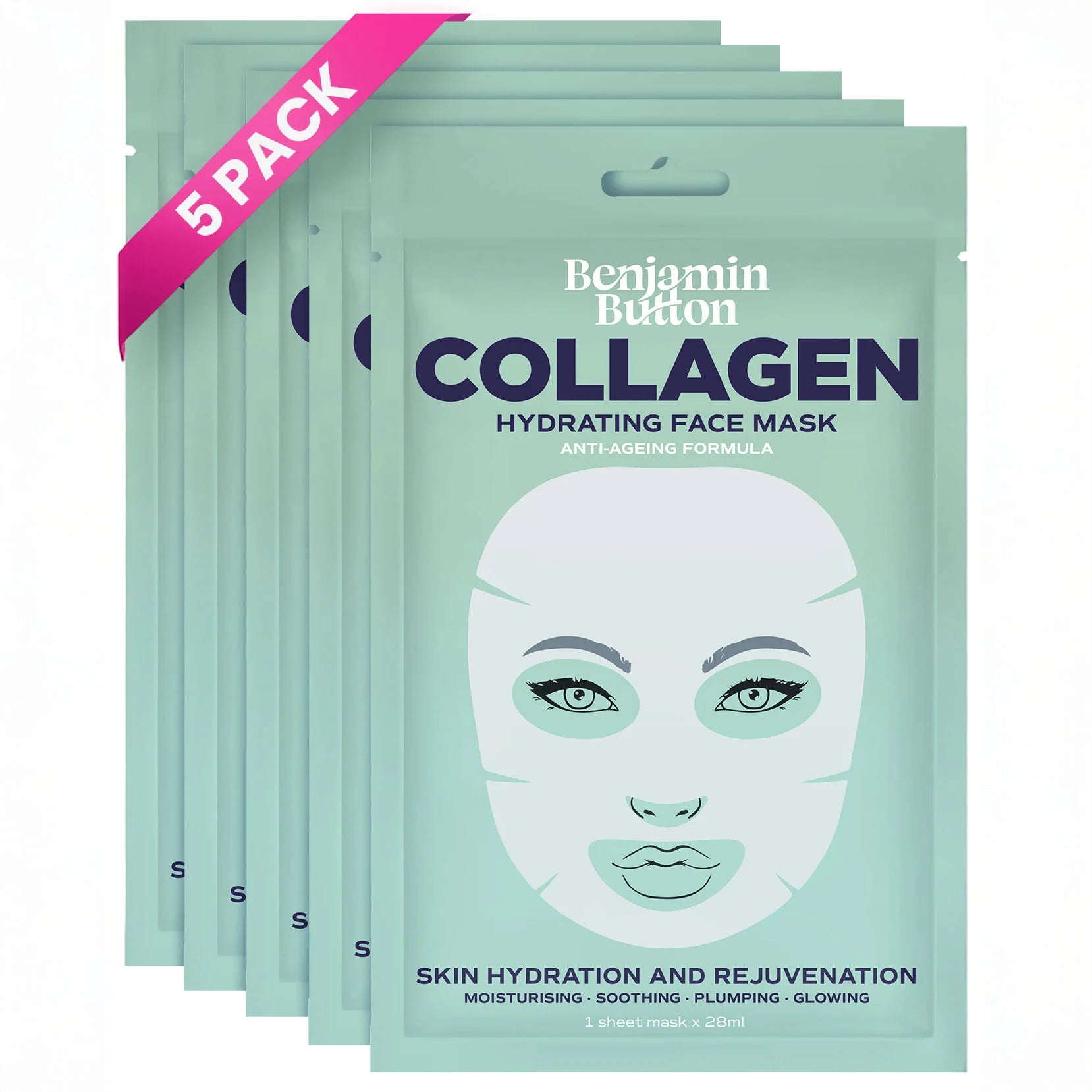Nutritional Breakdown of High-Protein Bagels vs. Original Bagels
When it comes to bagels, a quintessential part of many breakfast tables, choosing the right one can have a significant impact on your overall nutrition. As the popularity of high-protein bagels continues to rise, it’s time to delve into a nutritional comparison between high-protein bagels and their original counterparts. By understanding the benefits and drawbacks of each type, you can make an informed decision that aligns with your health goals.What’s Inside High-Protein Bagels?
High-protein bagels are typically formulated to contain a greater protein content than standard bagels. This is achieved through the inclusion of various protein sources or changes in the ingredients used in the dough. Here are some key components:- Whey Protein: A common ingredient that boosts protein levels significantly.
- Greek Yogurt: Often added for creaminess and additional protein.
- Whole Grains: Many high-protein varieties are also made with whole wheat or other grains, enhancing fibre content.
Benefits of High-Protein Bagels
High-protein bagels are more than just a trendy option; they deliver several health benefits which can enhance your morning routine:- Sustained Energy: The combination of protein and carbohydrates provides longer-lasting energy, reducing mid-morning crashes.
- Muscle Recovery: The protein helps in muscle repair and growth, making them ideal post-workout.
- Weight Management: Higher protein content can keep you feeling fuller for longer, potentially curbing unnecessary snacking.
The Original Bagel: A Classic Choice
Original bagels are undoubtedly a beloved classic. Traditionally made from white or whole wheat flour, they offer a different nutritional profile:- Lower Protein Levels: As mentioned, original bagels typically contain less protein, which might not satiate as effectively for some individuals.
- Simple Ingredients: Original bagels are made from fewer ingredients, often resulting in a more straightforward flavour profile.
- Versatility: Their classic texture and taste make them suitable for various toppings, from cream cheese to avocado.
Comparative Nutritional Breakdown
When comparing the two options side by side, it's clear that the nutritional breakdown differs significantly:- Caloric Content: High-protein bagels tend to be slightly higher in calories due to added ingredients but make up for it with protein.
- Dietary Fibre: Both original and high-protein bagels can be made with whole grains, contributing to fibre intake—yet high-protein bagels often offer an edge with additional ingredients.
- Sugar and Sodium Levels: Some high-protein variants may have added ingredients that could increase sugar or sodium—always check the nutrition labels.
Selecting the Right Bagel for You
Both types of bagels have their merits, so the right choice often depends on individual dietary needs, preferences, and lifestyle choices. Here are some factors to consider when selecting your bagel:- Your Fitness Goals: If your aim is to increase protein intake, high-protein bagels can be beneficial.
- Dietary Restrictions: For those managing certain health conditions, understanding the ingredient list is crucial.
- Toppings: Consider how you plan to enjoy your bagel; pick one that complements your chosen toppings best.










